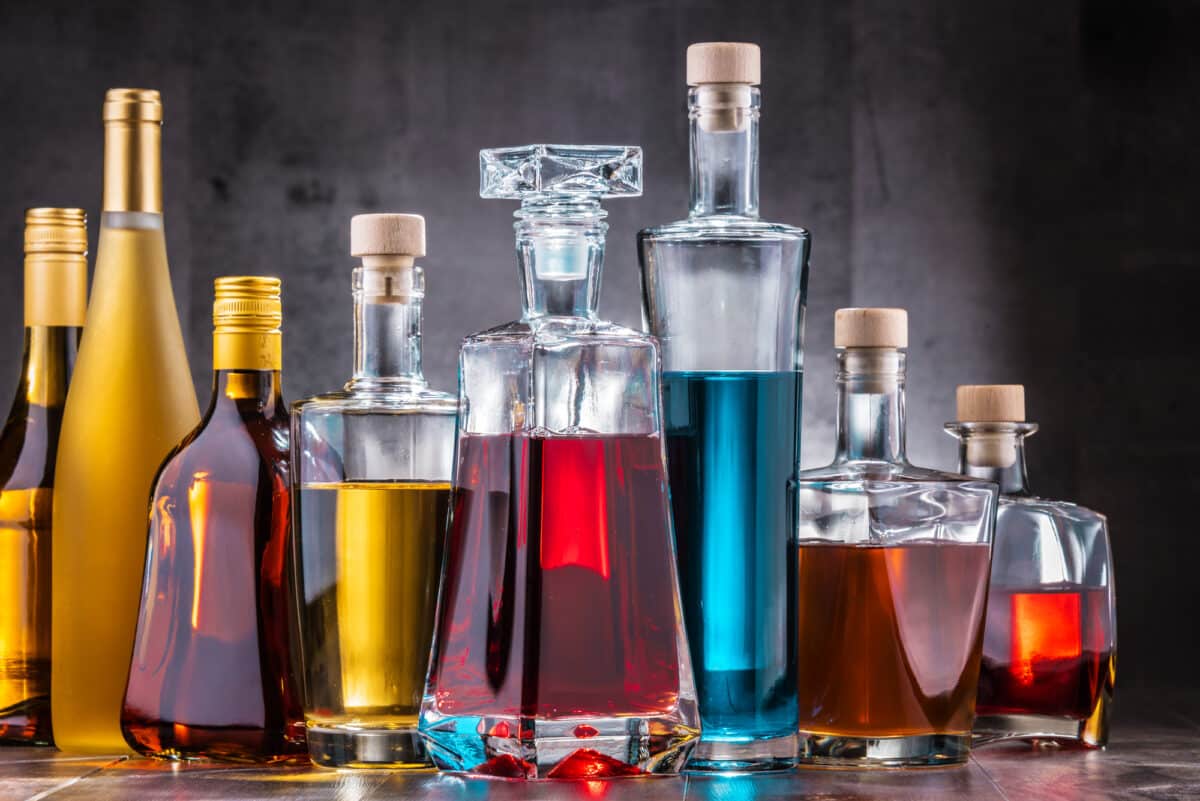Cordial and syrup are two different types of sweeteners commonly used in drinks and cooking.
Cordial
Cordial is a sweet, concentrated fruit drink that is often diluted with water before drinking. It typically contains fruit juice, sugar, and water, and may also include flavorings and preservatives. Cordials are popular in many cultures as a refreshing beverage when mixed with still or sparkling water. In the United States, cordials are often referred to as fruit syrups or flavored syrups, with specific names such as Grenadine or Rose’s lime juice.
Syrup
Syrup, on the other hand, is a thicker, more viscous liquid made by dissolving sugar in water, often with added flavorings such as fruit extracts, herbs, or spices. Unlike cordials, syrups are not usually diluted before use. They are often drizzled over pancakes, waffles, and desserts, or used to sweeten and flavor cocktails, coffee, and tea. The consistency of syrup is denser due to its higher sugar content and the cooking process that reduces the water content. According to Christa Cotton of El Guapo Bitters in New Orleans, “Syrup is the broad-based category, and cordials are a segment of it; not all syrups are cordials, but all cordials are syrups.”
While both cordial and syrup can be used to add sweetness and flavor, their uses and characteristics differ. Cordials are mainly consumed as a beverage base, requiring dilution, whereas syrups are versatile ingredients used to add concentrated sweetness and flavor directly to foods and drinks. Christa Cotton also notes that a cordial is more complex in flavor with more components. Understanding these differences can help in choosing the right one for various culinary applications. The term “cordial” has also historically referred to sweetened distilled spirits and sweetened non-alcoholic syrups, explaining the varied usage of the term across different regions and contexts.
About the author
Editorial Staff
Contributor

